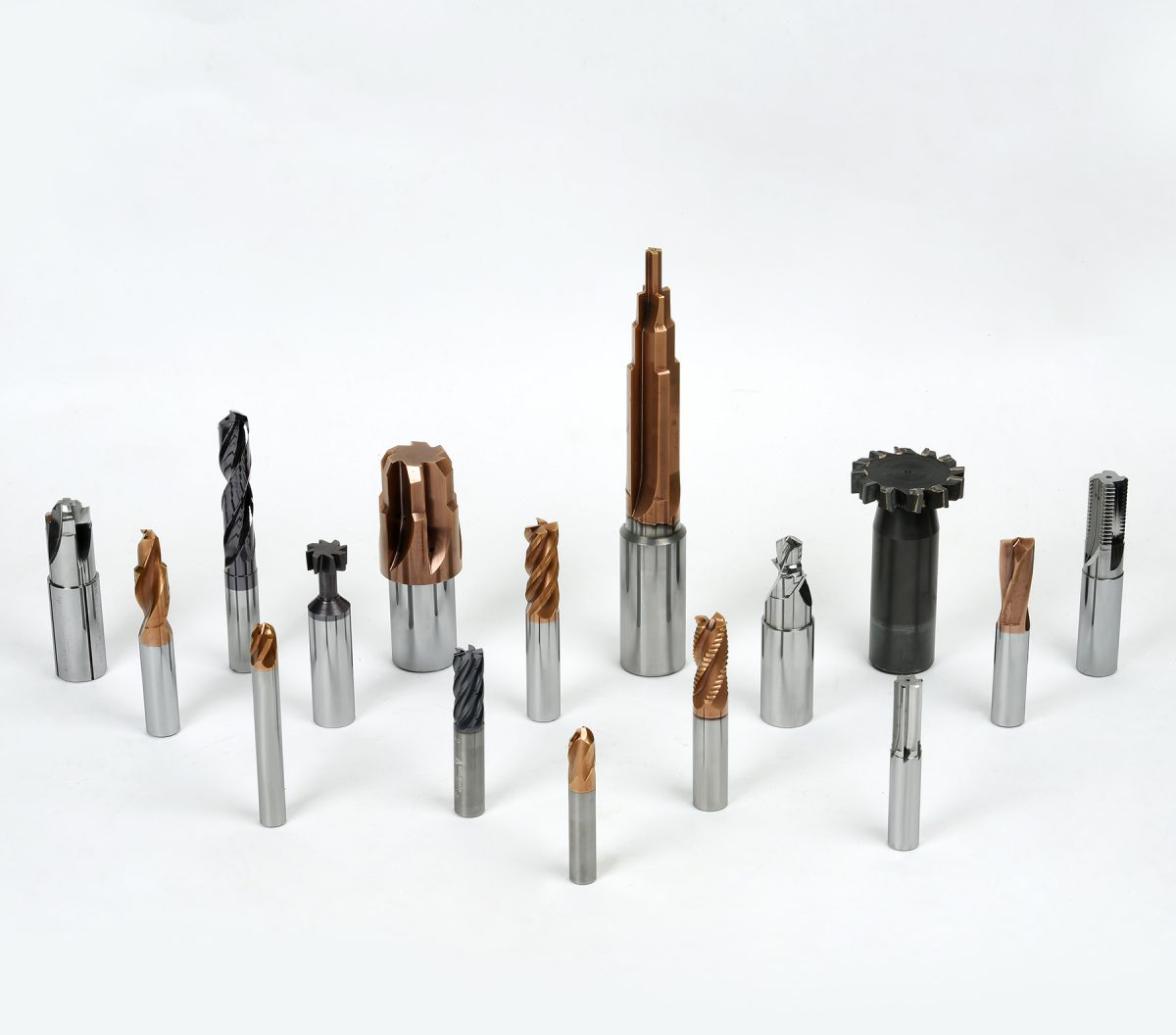
The cutting tools manufacturing industry may seem practical and efficient today. However, this isn’t what it was about three decades ago. Most importantly, what are cutting tools from the machining industry perspective?
What Is A Cutting Tool?
Cutting tools, or cutters as some people may refer to them, consist of any tools used in removing some parts of materials from a workpiece. These cutters work by shear deformation and are held stationary by a tool post whose role is to manipulate them to cut materials into desired shapes and sizes effectively.
Most cutting tools are primarily designed for metals. When using them, you can successfully cut the material with either single-point or multipoint tools. Drilling and milling, widespread in the cutting tools industry, are primarily multipoint tools. Cutting tool supply companies need cutting-edge technology to make these tools.
For instance, single-edge cutting tools come in various types and are manufactured from different metal alloys, which are ground to the desired shape. Their shape depends on the specific part of the turning process they are designed to work on.
This eventually leads to a machined part. These single-edge cutting tools are excellent for turning operations performed by a lathe. They come in variable sizes, and their alloy composition varies according to the size and type of material in operation.
Types of Cutting Tools Available
Cutting tools are classified into three main categories, namely:
Single Point Cutting Tools
As the name suggests, these tools cost one primary cutting edge. They are manufactured from hard materials such as ceramic, high-carbon steel, diamond, and high-speed steel. If you’re looking for a cutting tool for shaping, planning, and turning, they are your ideal option.
Double Point Cutting Tools
These tools are great for cutting and shearing in the same operation with the two cutting edges.
Multi-point Cutting Tools
These cutting tools come with more than two leading cutting edges, which allows them to run faster than the two mentioned above.
Like other industries, the cutting tools manufacturing sector has tremendously evolved over the years. Technology, which is the birth of CNC machine tools, is one of the major causes of this development. The coming of technology has brought significant benefits in the cutting tool supply industry, as highlighted below:
Benefits of Cutting-Edge Technology and CNC Machine Tools
CNC machine tools are among the most vital cutting tools in the industry. Manufacturers have immensely adopted the technology thanks to the automation and productivity that comes with it.
The leading benefits of CNC machine tools in this industry are automation and productivity. It is impossible to ignore the effortless ability to drive a cutting tool perfectly through the required angle and curves. Manufacturers of these tools can easily navigate their tasks when building them, thanks to simplified programming.
With the ease of completing the manufacturing task, these manufacturers take less time than they initially did and, in the end, complete more jobs in the same period. Therefore, cutting-edge technology doesn’t just ensure automation but also higher productivity. The precision also brings accurate results in the industry.
Final Word
With CNC machine tools and other technologies in the cutting tools industry, handling these tools has never felt more effortless, better, manageable, and quick. The coming of technology didn’t just modify the work but also how the job is done. Before technology came, designing and constructing tools took several years to master. Today, it is easier and quicker. Visit the website to learn more.




